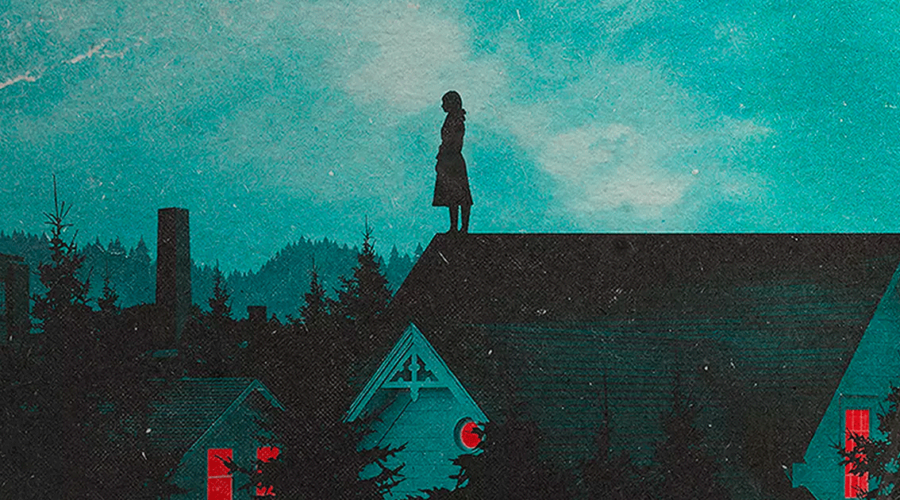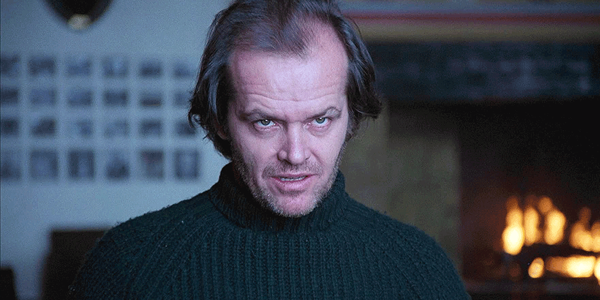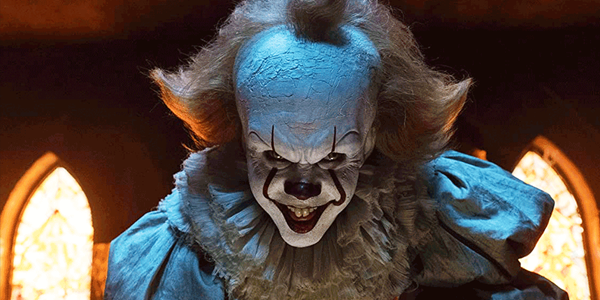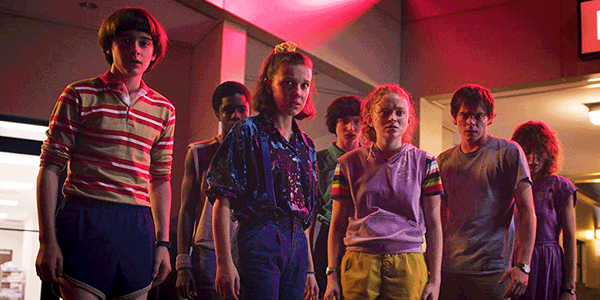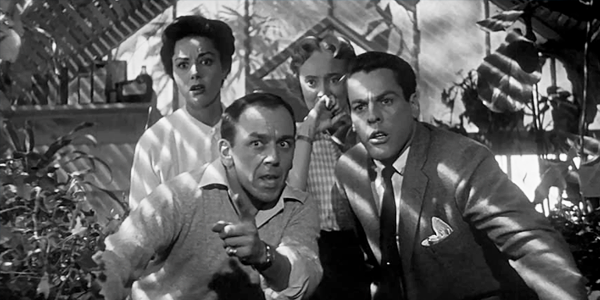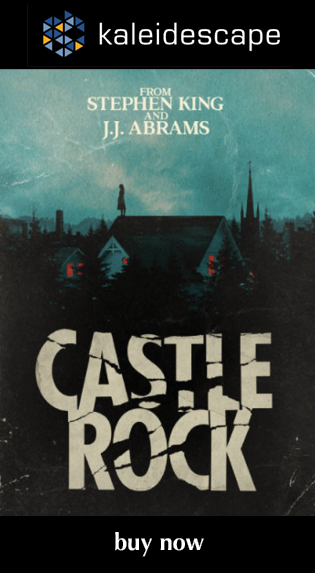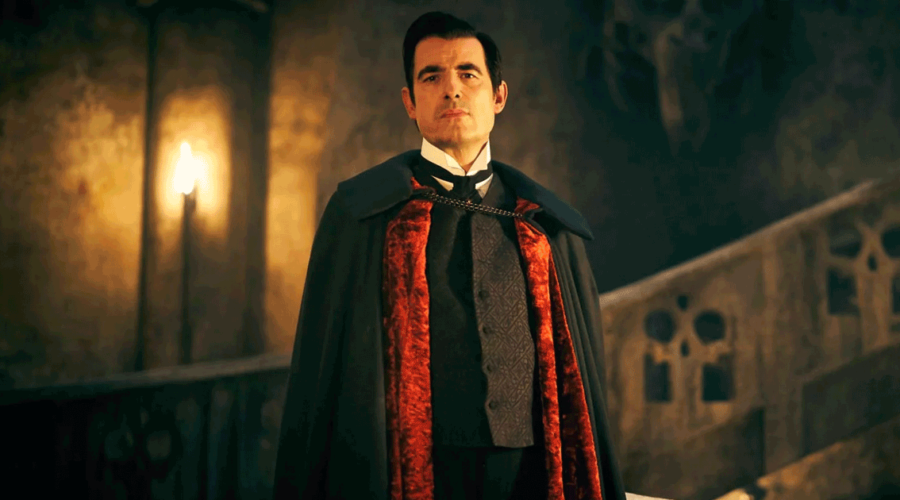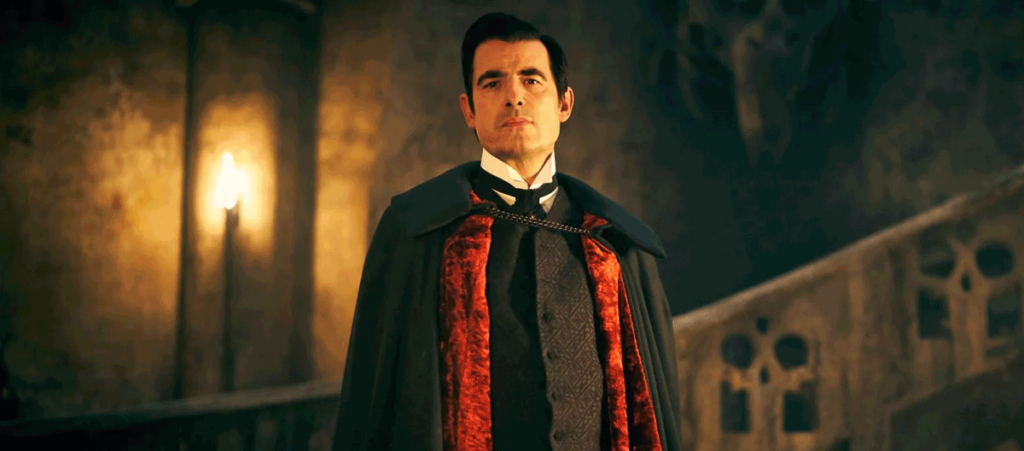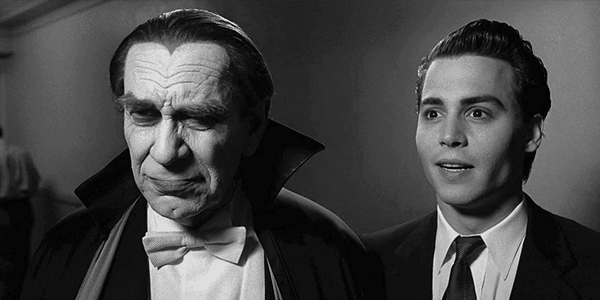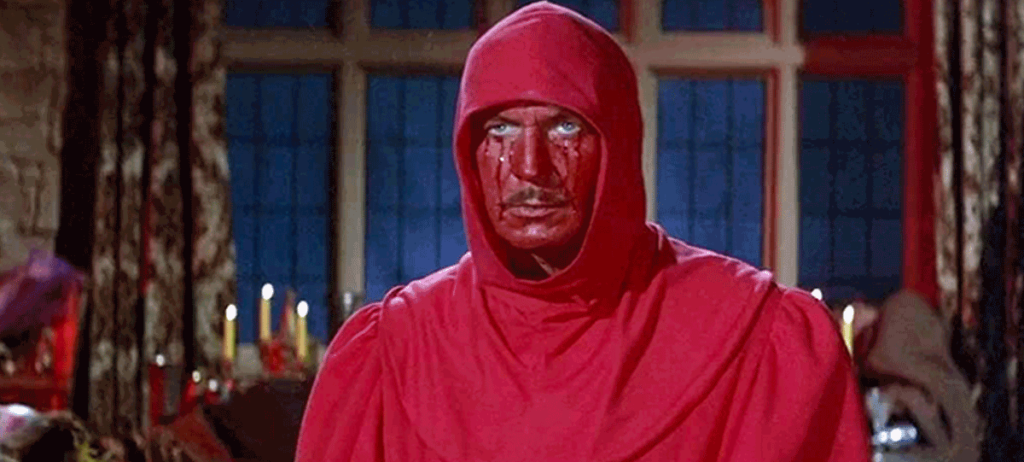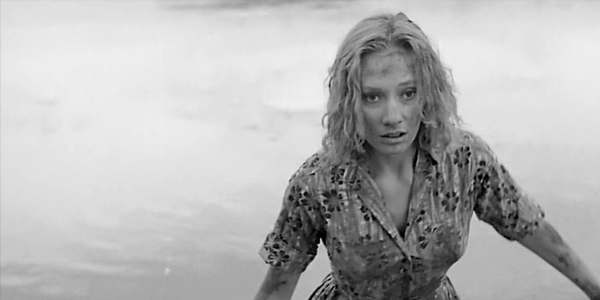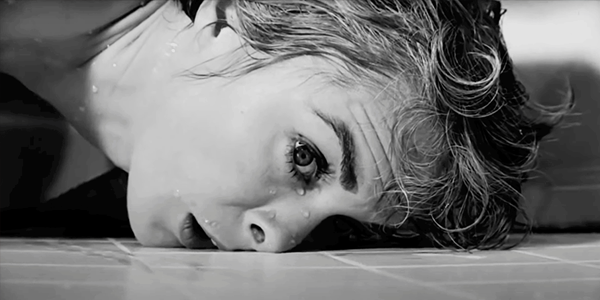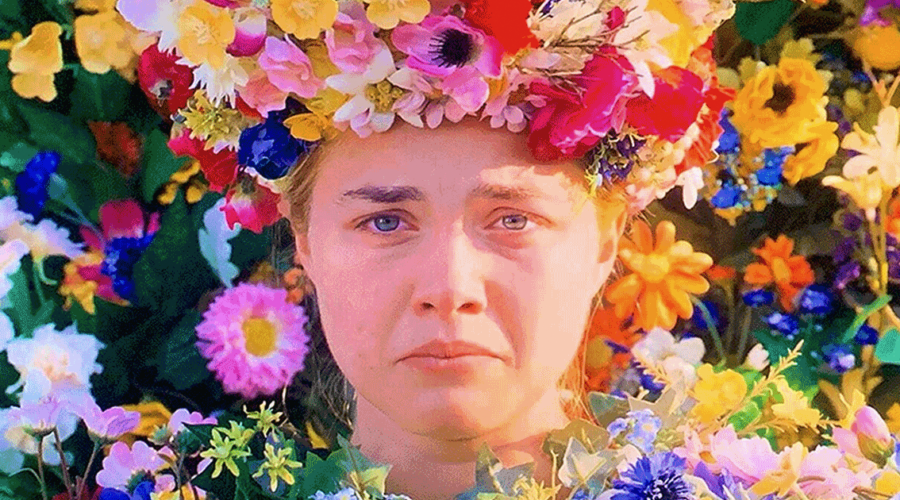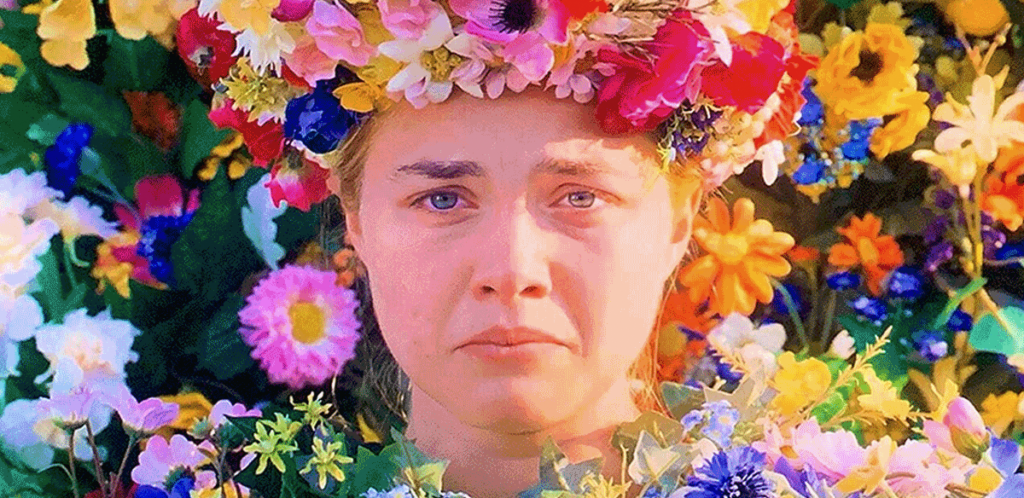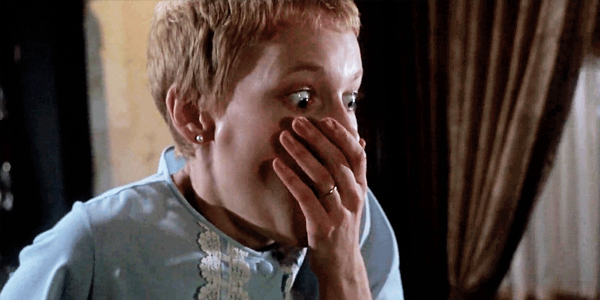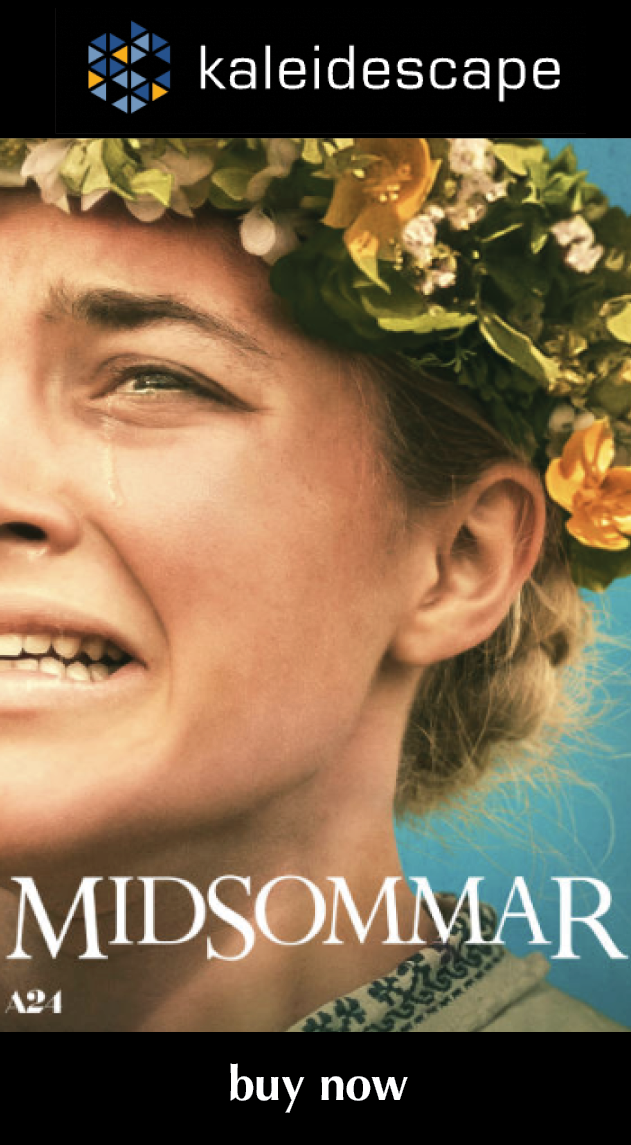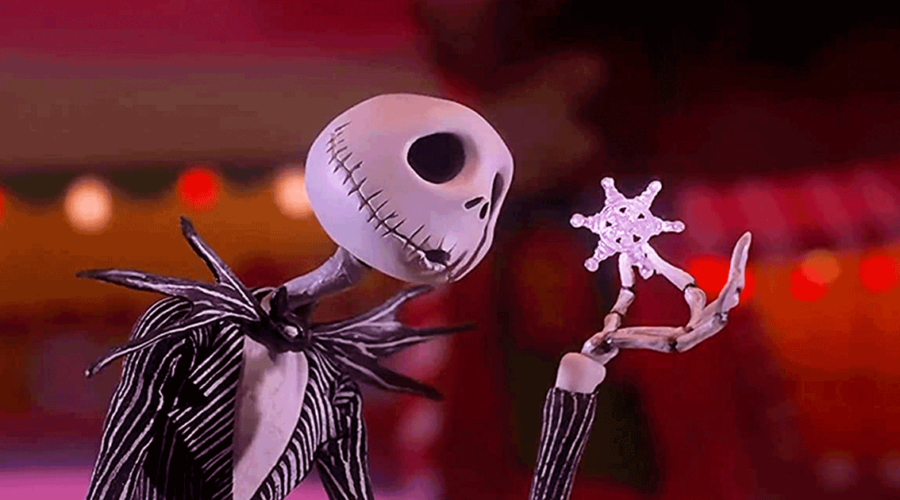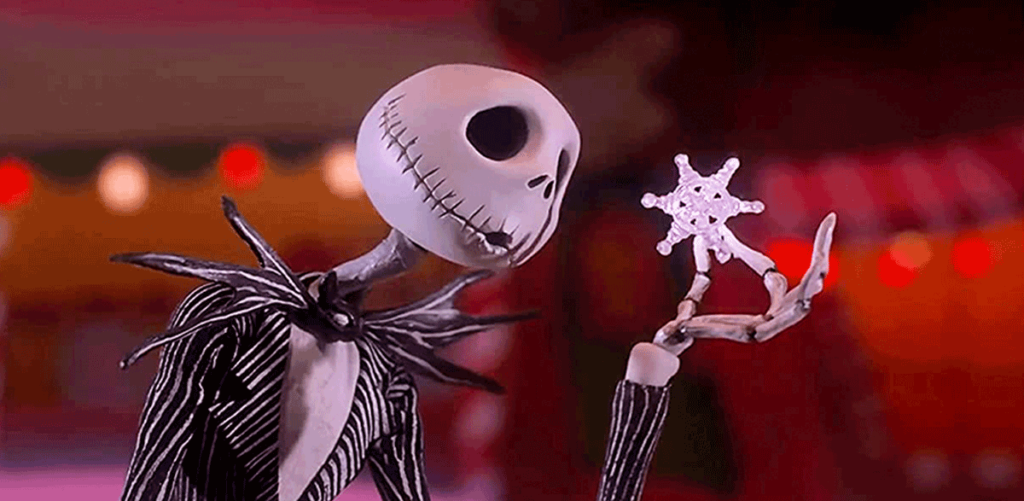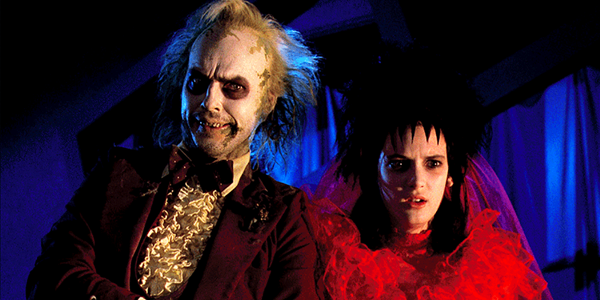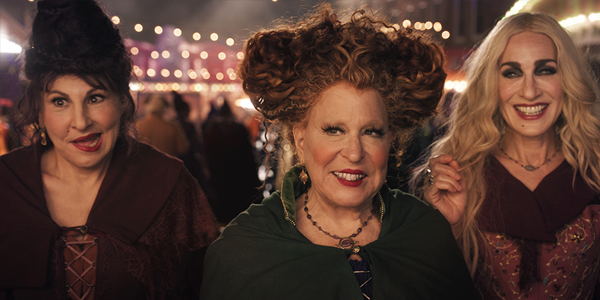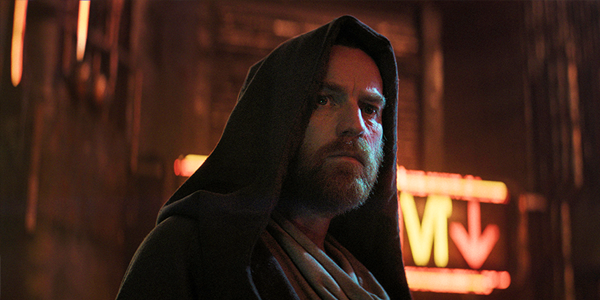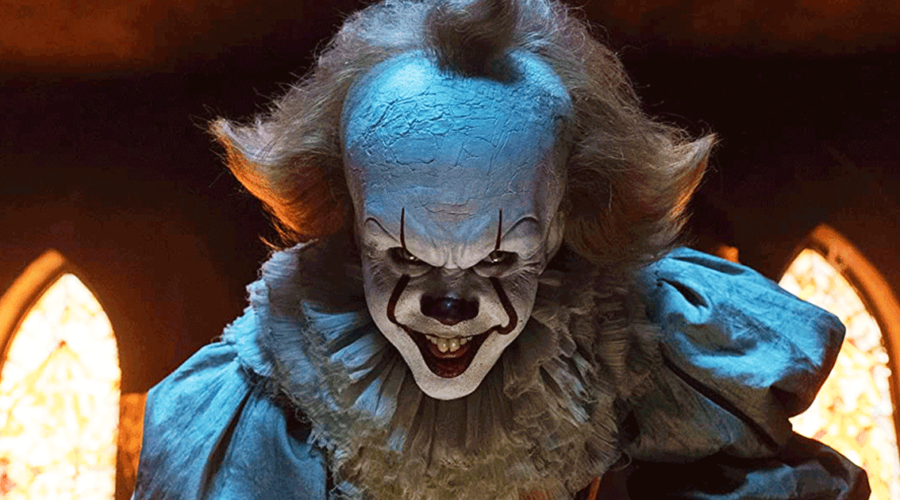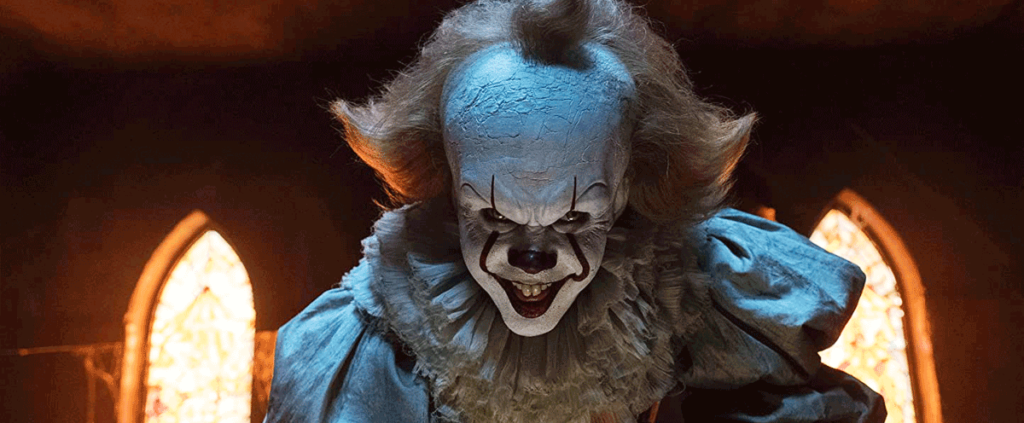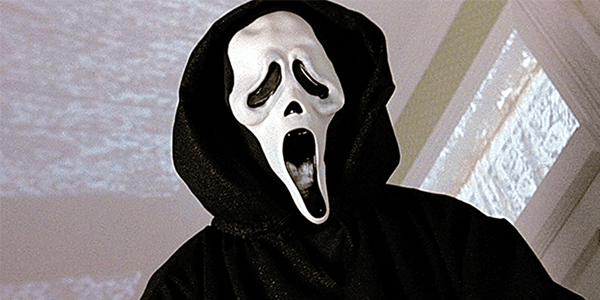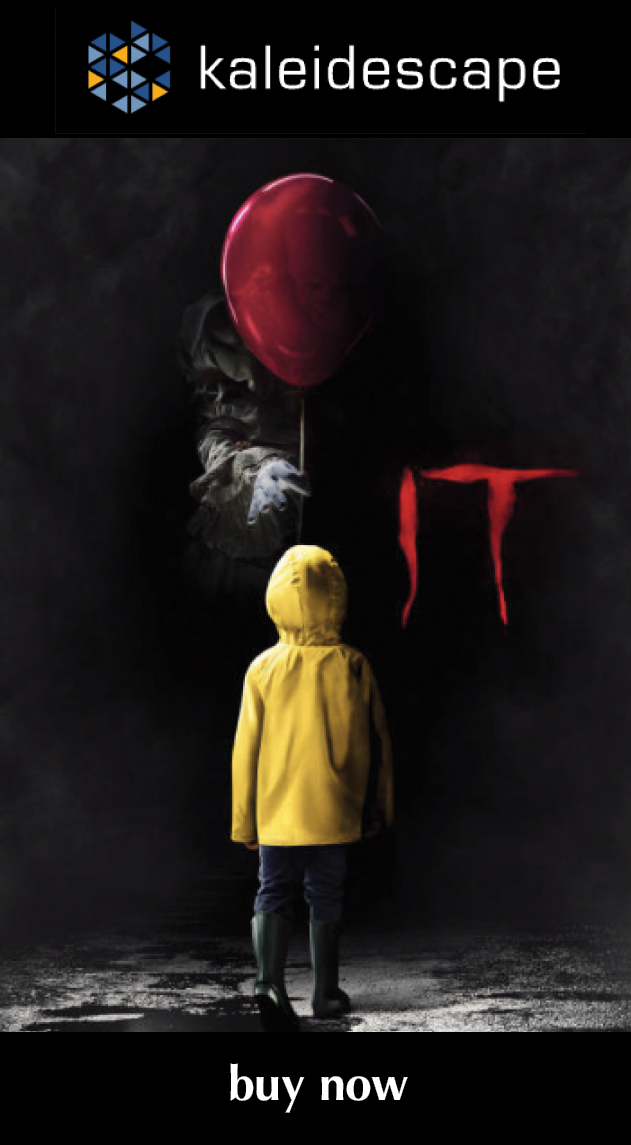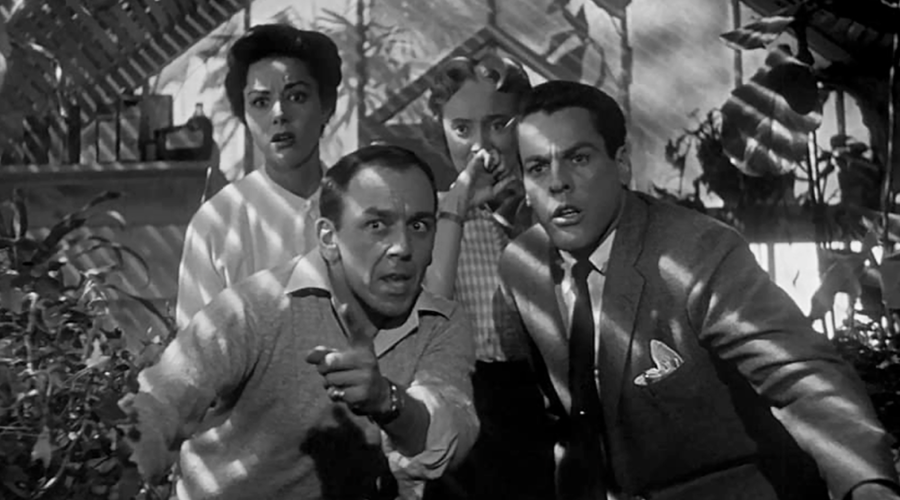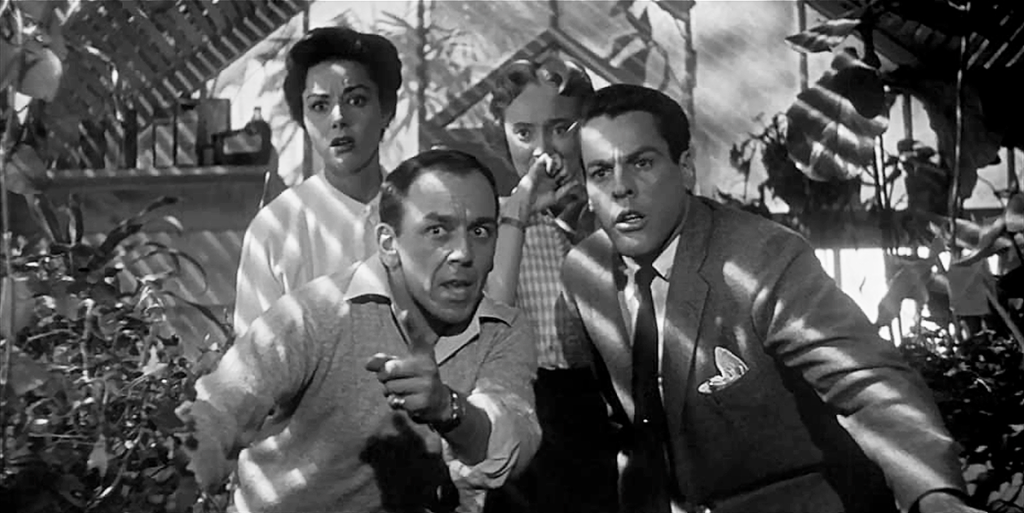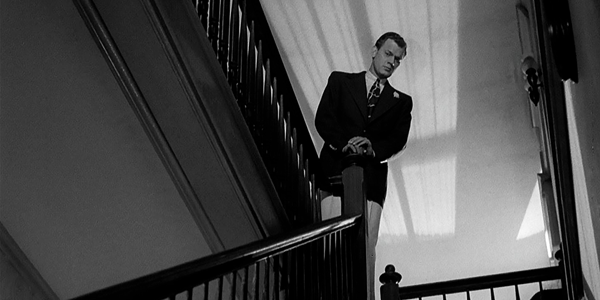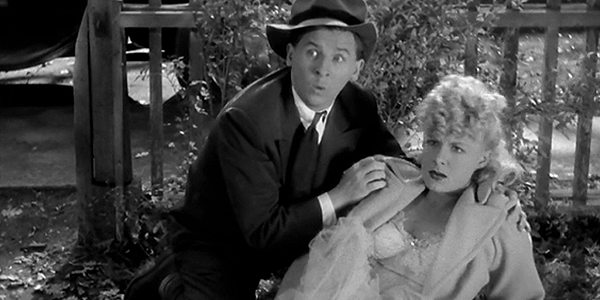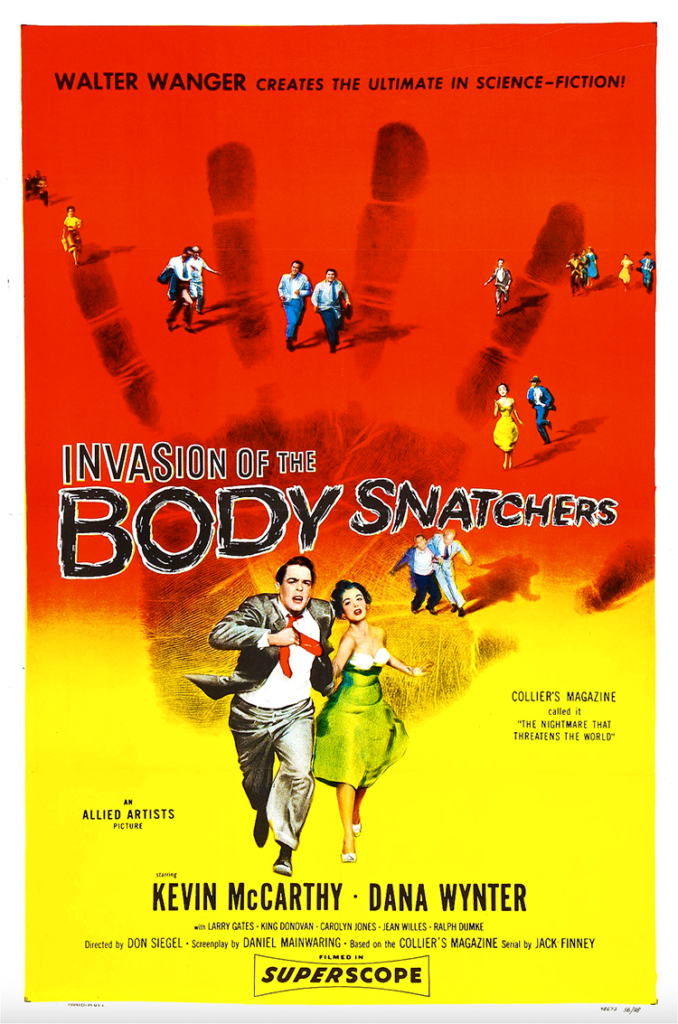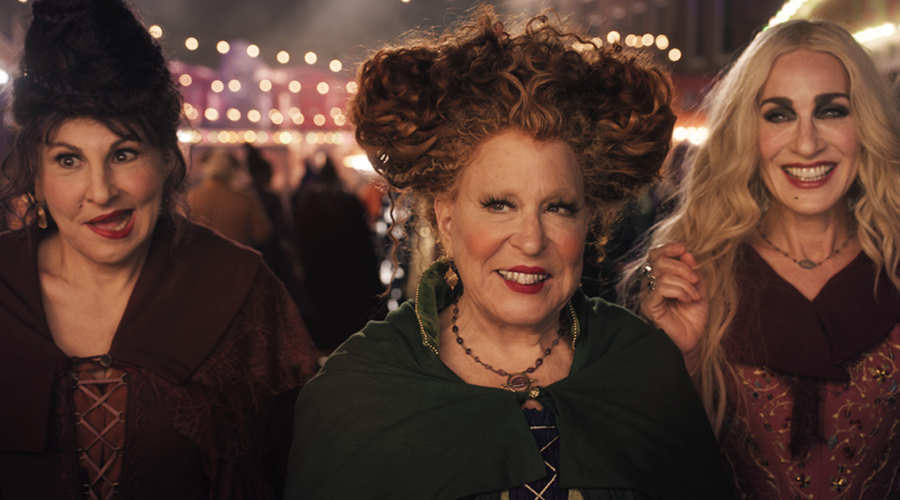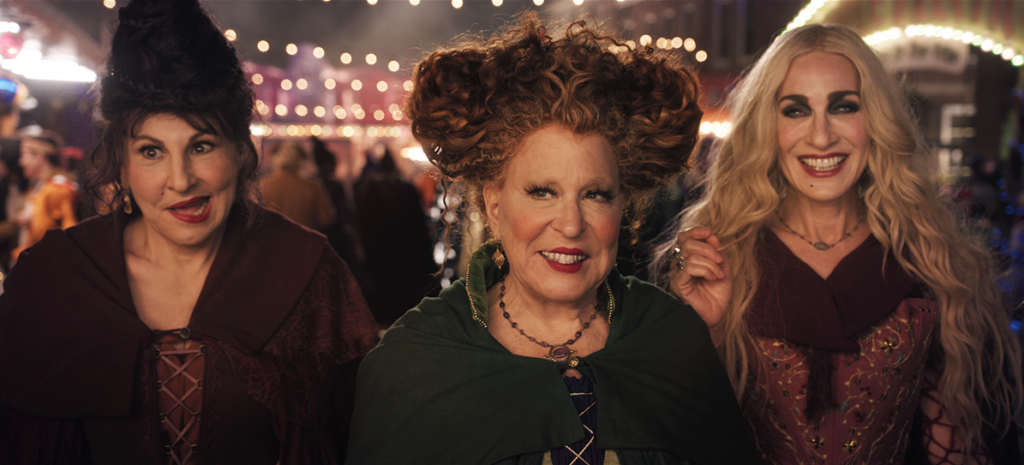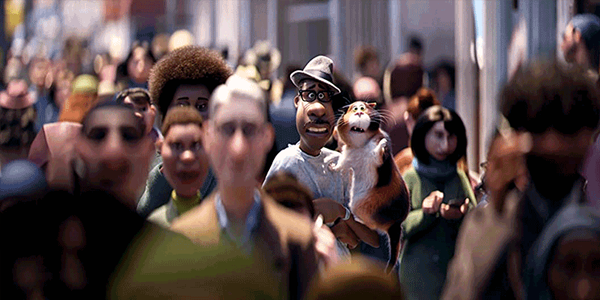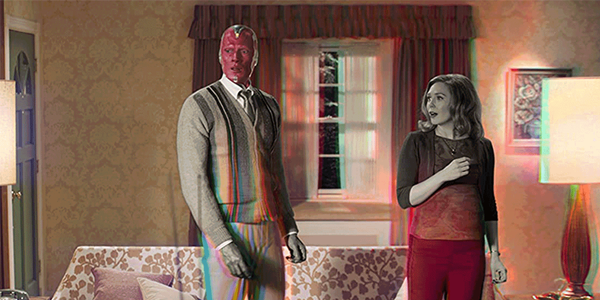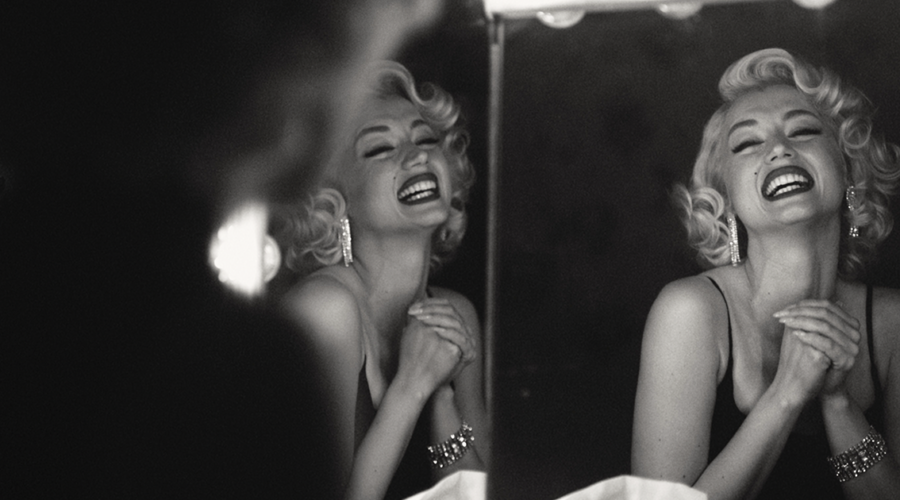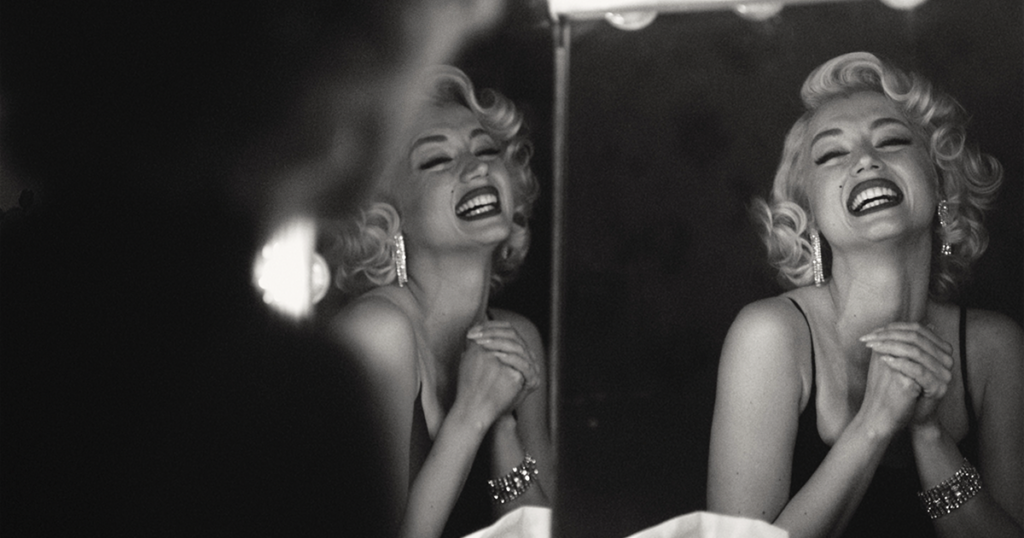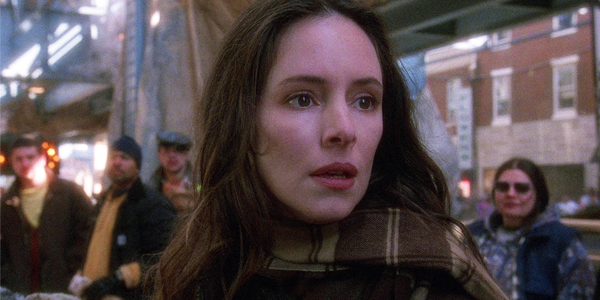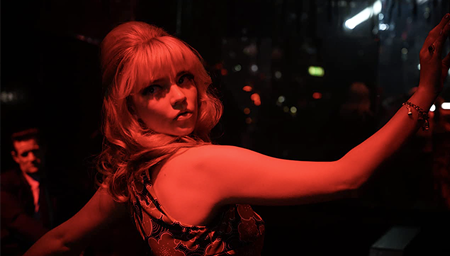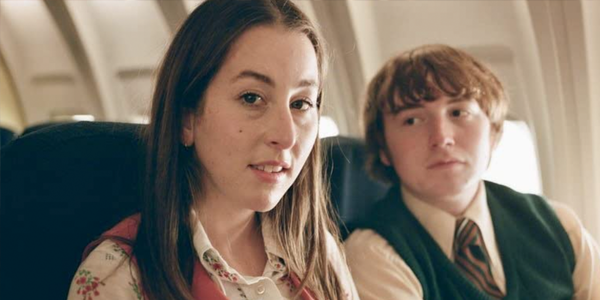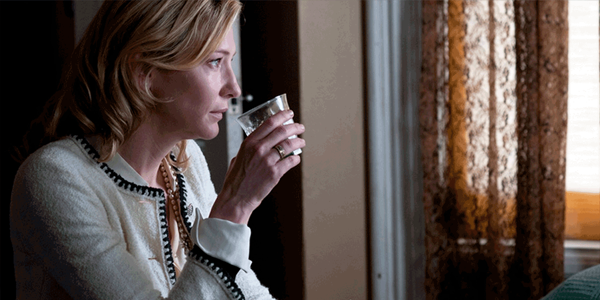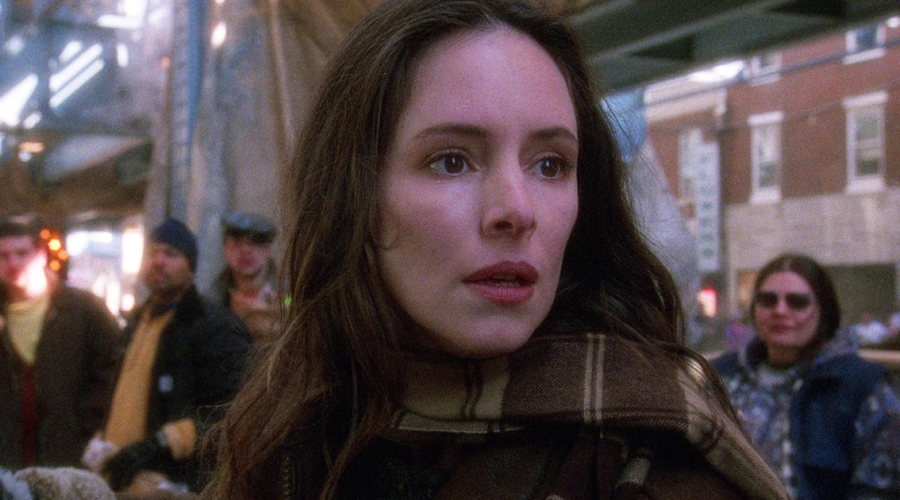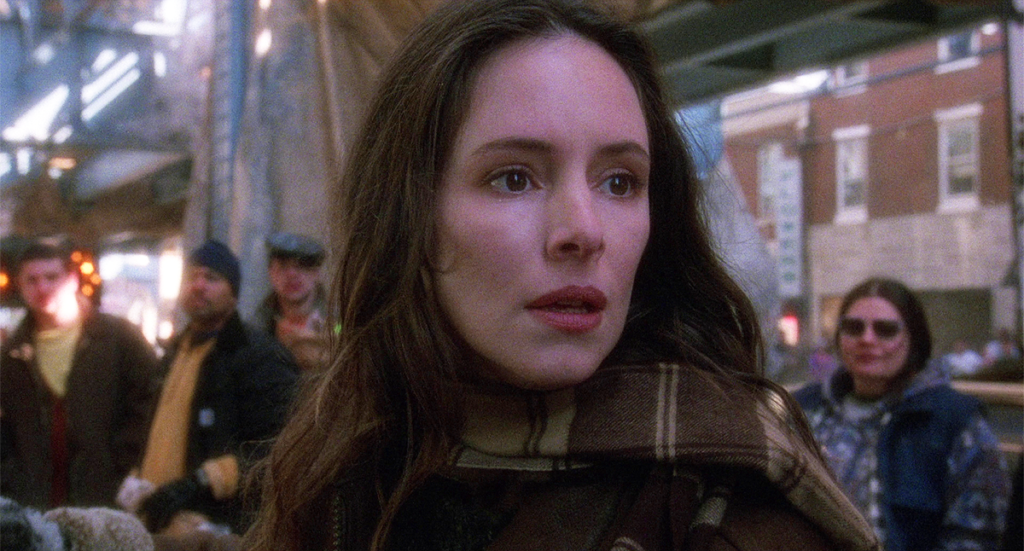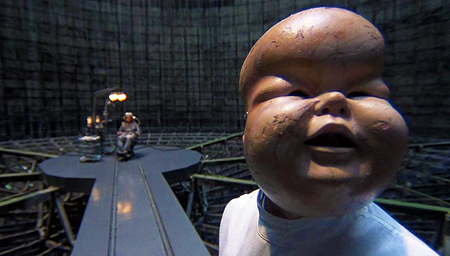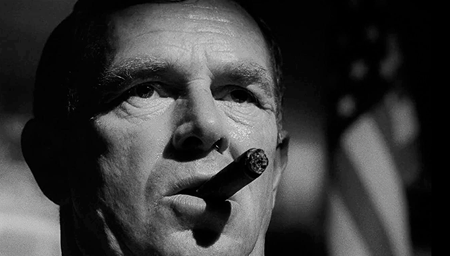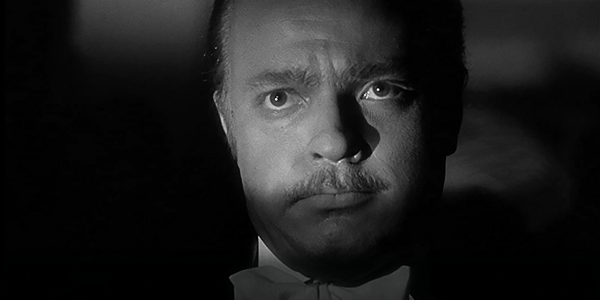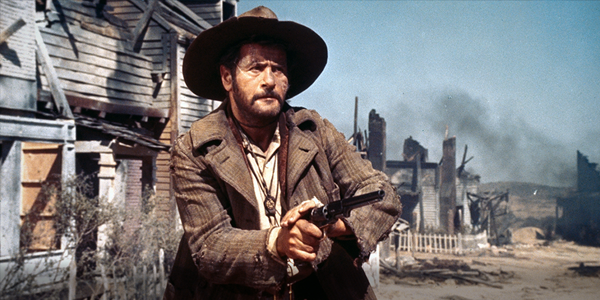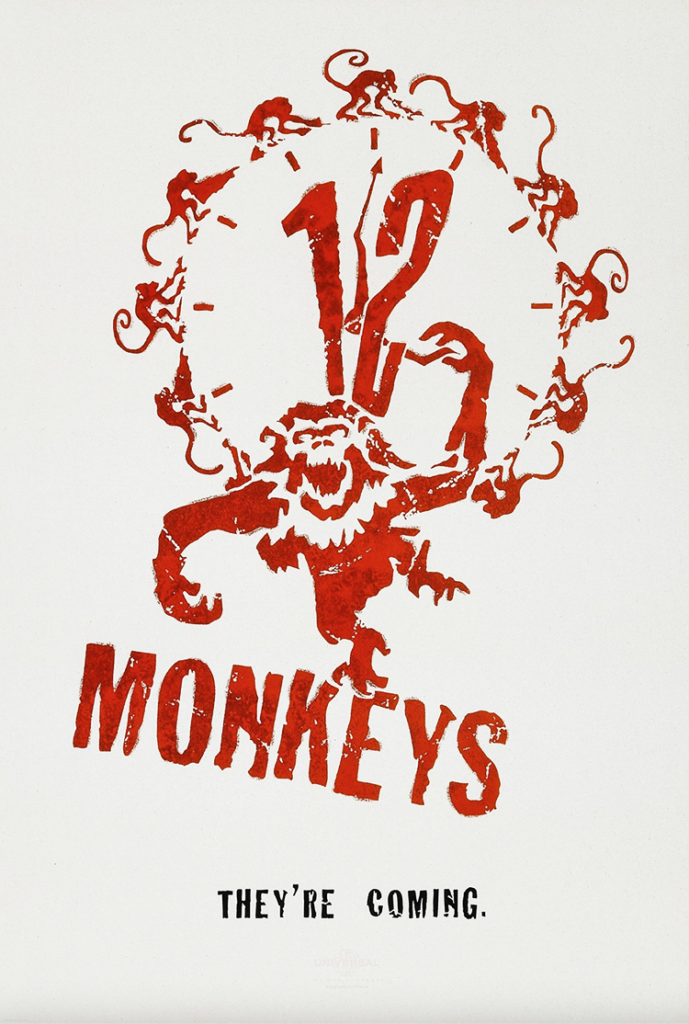Review: Castle Rock
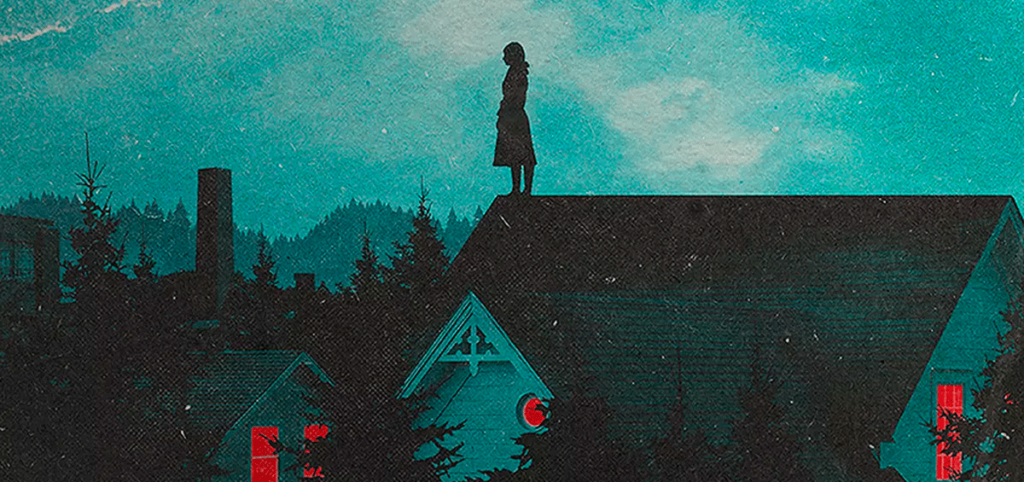
review | Castle Rock
This Stephen King-derived Hulu series can be slow at times but definitely delivers the requisite shocks and scares
by John Sciacca
January 31, 2019
“There is a lot of history in this town. Not all of it good . . .”
You might recall a post entitled “Exclusive Content Causes FOMO & Piracy” where I opined how all of these streaming providers coming up with their own content was really frustrating viewers. One of the shows that inspired that post was Castle Rock, a new Hulu original series that takes place in the Stephen King multiverse.
Now, this is a show I really wanted to see when it was announced, as it checked all of my must-see programming boxes. J. J. Abrams involved? Check. Stephen King an executive producer? Check. Set in the Stephen King world with tons of King Easter eggs? Check. A solid cast featuring several actors who’ve previously been in King adaptations? Check. But, as much as I wanted to see Castle Rock, I was not willing to add another streaming subscription to my monthly credit-card statement.
Fortunately, you can now experience Castle Rock without a Hulu subscription by purchasing the series on disc (4K UltraHD, Blu-ray, or DVD) or via digital download in HD quality at the Kaleidescape store, which is how I watched.
Before I get into my review, we need a little background. The problem with turning a Stephen King novel into a film is that when you try to compress 800-plus pages into a two-hour runtime, you end up chopping out so much material that the results are often just pale reflections of the original. Or you go the other way, trying to stretch something that worked well as a 10- to 20-page short story into a two-hour feature that just blunders around lost. (Two of King’s best adaptations—Shawshank and Stand by Me—were actually novellas, providing just the right amount of source material.)
King adaptations tend to work especially well as miniseries, where the source material can be given the room it needs to develop story and characters over multiple hours. Hulu showed they knew how to handle this perfectly with its 2016 eight-episode miniseries 11.22.63, which also happened to be the first pairing of Abrams and King.
Castle Rock is a 10-episode series that takes place in a small, fictional Maine town that will be familiar to King fans. (Other King works set there include The Dead Zone, Cujo, The Dark Half, Needful Things, and The Mist.) It’s important to stress that while King does get an executive producer credit, he wasn’t involved in crafting this story, or apparently much with the production, and that it isn’t based on any of his stories.
Rather, Castle Rock is a new tale set in King’s established world and features numerous subtle and overt connections and allusions to previous King works. These include Sheriff Alan Pangborn (Scott Glenn); Diane “Jackie” Torrance (Jane Levy), niece of The Shining’s axe-wielding Jack Torrance; references to a certain rabid dog; events from The Body (which became Stand by Me); the Juniper Hill Psychiatric Hospital; and a certain prison no one wants to visit called Shawshank.
The opening episode, “Severance,” does a nice job laying the groundwork for what to expect from the series along with introducing us to several principal characters, including death-row lawyer Henry Deaver (Andre Holland), who has his own troubled past connections with Castle Rock. He returns to the town after mysterious prisoner The Kid (Bill Skarsgard), who has apparently been kept locked in solitary confinement in a hidden section of Shawshank for years, utters Deaver’s name and nothing else. And there’s recently retired Shawshank warden Dale Lacy (Terry O’Quinn), who had been keeping The Kid locked away for reasons known only to himself.
The series is slow in parts but definitely picks up near the end, with Episode 7, “The Queen,” being especially good and featuring a fantastic performance by Sissy Spacek as Ruth Deaver that really deserved some kind of award nomination. Another standout was the gore-filled eighth episode, “Past Perfect,” that actually had my wife scream out.
There are some nice King-esque jump scares along the way, along with tons of general creepiness as we slowly move towards solving the mystery of who is The Kid and how did he get here, along with the overall question of, “Why is Castle Rock so rotten?”
The video is mainly a palette of muted browns, grays, and cool blues but images are clean and detailed. Even better is the 5.1-channel DTS-HD audio mix, which does a wonderful job of keeping dialogue understandable while still delivering a lot of sonic atmospherics that certainly add to the experience when watched on a surround system.
I appreciated the brief “Inside the Episode” rundowns for each episode by the series creators/writers, which offered some explanations and pointed out some of the Easter eggs. The download also includes two new features: “Castle Rock: Blood on the Page” and “Clockwork of Horror.”
Be sure to watch a couple of minutes into the credits after the final episode, “Romans,” as you get a nice glimpse into what might be in store for the second season Hulu has already committed to.
Probably the most experienced writer on custom installation in the industry, John Sciacca is co-owner of Custom Theater & Audio in Murrells Inlet, South Carolina, & is known for his writing for such publications as Residential Systems and Sound & Vision. Follow him on Twitter at @SciaccaTweets and at johnsciacca.com.
PICTURE | The video is mainly a palette of muted browns, grays, and cool blues but images are clean and detailed
SOUND | The 5.1-channel DTS-HD audio mix does a wonderful job of keeping dialogue understandable while still delivering a lot of sonic atmospherics that certainly add to the experience when watched on a surround system
© 2025 Cineluxe LLC
